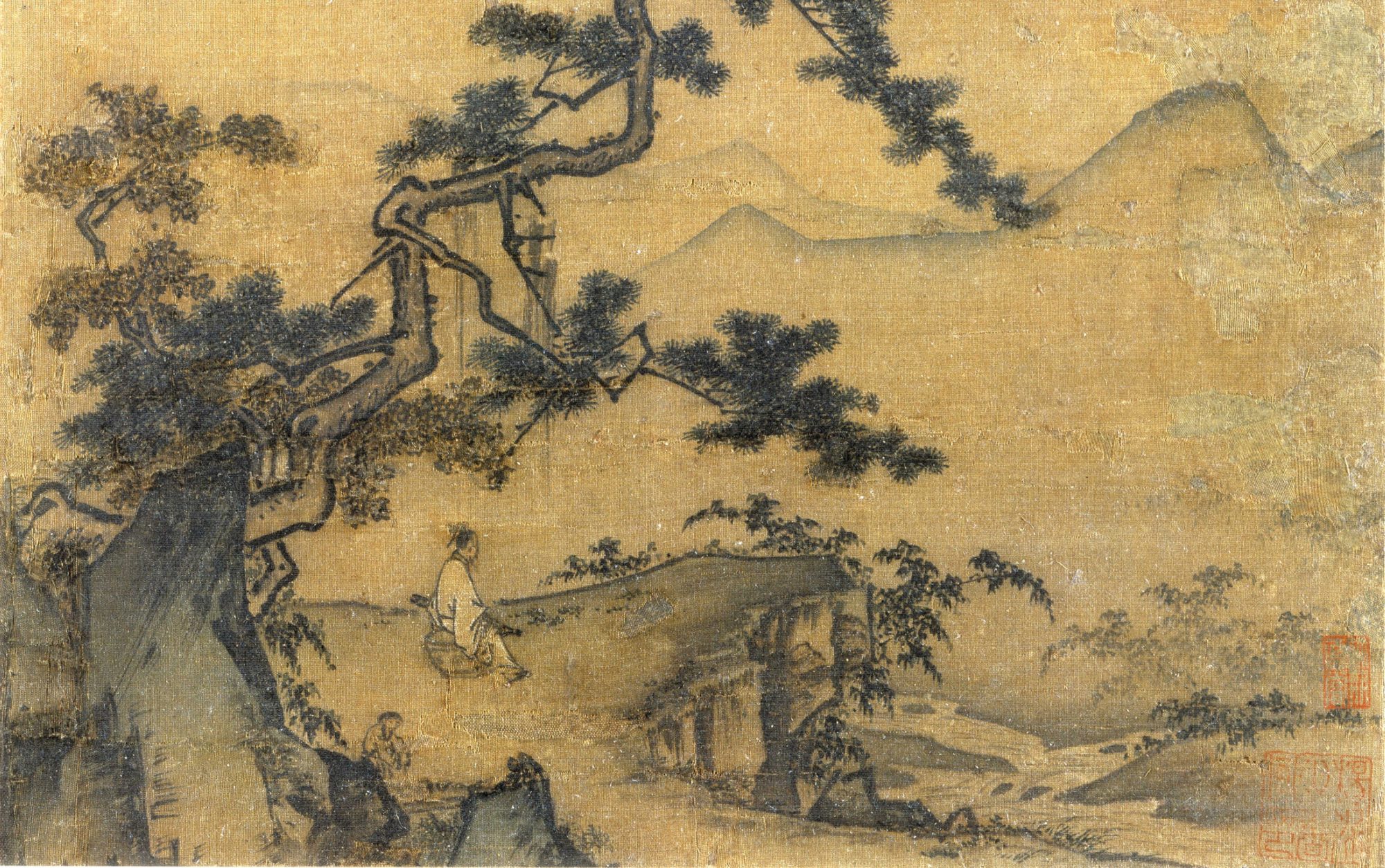Visual Resources Update March 2021
COLLECTIONS

In preparation for the upcoming move to Green Hall, VR continues to sort, pack and weed materials. The multi-volume Grove Dictionary of Art and other art reference books used in Visual Resources found a new home on 3/25 at Trenton Central High School as a lending library to students taking part in Princeton ArcPrep. ArcPrep is a program developed in part by the Princeton School of Architecture to introduce teens to the discipline of architecture, a field which sorely lacks diversity.
VR is also working on cleanup and reconciliation of past cataloging data. In honor of Women’s History Month, here is a visualization of the nationalities of women creators currently represented in our database, with bright yellow indicating the largest concentration of artists in our records. Our data examination involves looking at underrepresented creators, countries, works, etc. and planning additions to our collection that expand representation. We are also considering cataloging terminology that is no longer useful, with an eye to improving accuracy and discoverability.

PROFESSIONAL DEVELOPMENT
Jacob attended the Harvard Art Museums lecture: “Troubling Images: Curating Collections of Historical Photographs” which discussed the analysis and presentation of photography involving troubling images of slavery and violence against indigenous peoples and communities of color. Mark Sealy of the University of the Arts London, Makeda Best of Harvard Art Museums, and Ilisa Barbash of the Peabody Museum of Archaeology and Ethnology, presented.
VR staff (Julia, Yichin and Michele) attended the remote Visual Resources Association conference March 22-26, taking part in sessions covering: data reconciliation, improving metadata workflows, intellectual property rights, and building innovative digital projects, among others.
INTERESTING PROJECTS AND RESOURCES:
- We encourage everyone to explore the Pitt Rivers Museum: Radical Hope, Critical Change series of events as they tackle “decolonizing” the museum. The events “will focus on how Western museums have relied on colonial ideas that have erased the many ways of knowing and being of people from around the world in favour of promoting one viewpoint. The series will consider how museums can change to support humanity, our relationships to each other, to the environment and to things.”
- Examine the Raphael Cartoons at the Victoria and Albert Museum using iiif!
- Here is a helpful video on how to use the newly redesigned Getty Research Portal.
- Do you have trouble keeping track of your images? Check out Tropy, a “free open-source software that allows you to organize and describe photographs of research material.” Here is a webinar for graduate students (we recommend starting at the 12:00 mark if you just want the nitty-gritty). VR has requested an art-centered webinar from Tropy and it is coming!







 PAINTINGS ARE NOT FLAT
PAINTINGS ARE NOT FLAT Explore the
Explore the 

![Front cover of Ayanishiki / [henshūsha Nishijin Orimonokan] digitized by the British Library](https://i0.wp.com/visualresources.princeton.edu/wp-content/uploads/sites/623/2020/02/vdc_100096798727.0x000001.jpg?resize=213%2C300&ssl=1)








